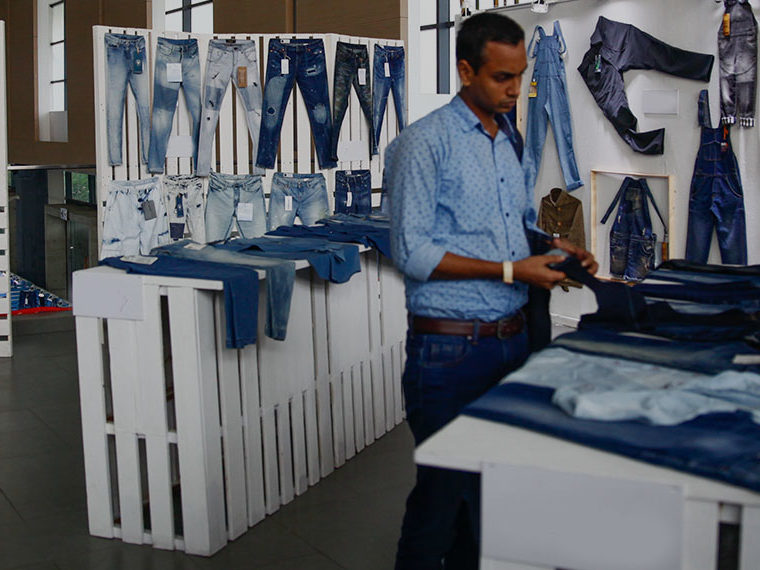A model improves on-time performance and yields more repeat business
Nobody likes delays, especially when hungry. As online food-delivery services such as Uber Eats and Grubhub grow in popularity, it’s critical they don’t keep customers waiting.
How critical? To answer that question, a group of researchers — University of Hong Kong’s Wenzheng Mao, Chinese University of Hong Kong’s Liu Ming, Shanghai Jiao Tong University’s Ying Rong, UCLA Anderson’s Christopher S. Tang and Huan Zheng, also at Shanghai Jiao Tong University — examined nearly 41,000 meal-delivery transactions in the city of Hangzhou, China.
In a working paper, they suggest that customers punished delivery services far more severely for showing up late than they rewarded the service for bringing food early. Specifically, orders that arrived 10 minutes later than promised led customers to place nearly three fewer orders in the following month. In contrast, if the order came 10 minutes earlier than expected, customers would order more, but only an average of 0.74 extra orders per month.
Opt In to the Review Monthly Email Update.
“The earlier the order arrives, the more frequently a customer will place the next order,” the authors write. The findings suggest, they add, that “the platform should assign orders to drivers more wisely in order to avoid late deliveries.”
While the general findings (early deliveries are better than late ones) aren’t surprising, the study does show just how damaging late deliveries can be, especially given the fierce competition among delivery services and the ease in switching from one service to another. More important, the research suggests how services can improve on-time performance.
Online meal-delivery services, which enable customers to place an order from their favorite restaurants and have it delivered to their doors, have been particularly popular, growing at a rate of nearly 10% per year, with world-wide revenues of more than $107 billion, according to a 2019 report from Statista, a research and analytics firm.
China is by far the single biggest market for the services, with more than 37% of the total revenues. The largest, Meituan, serves more than 400 million customers from 3.6 million restaurants. Its 600,000 yellow-jacketed drivers deliver 24 million meals each day. Another large service, Ele.me, has 260 million customers.
Meal services’ success depends on accurately estimating delivery times, and they have little room for fudging, say, by under-promising so that every order is early. If a service pledges earlier deliveries than it can actually provide, it runs the risk that most will be late. But if the promised time is too long, customers can bolt to another service that offers faster deliveries.
For their study, researchers analyzed order data from a Hangzhou meal-delivery platform, which they don’t identify, between July 1 and August 31 of 2015. The data included the time an order was placed, the estimated delivery time, when a driver received an order and picked up the meal at the restaurant, the restaurant’s and the customer’s location, and when the order was delivered.
The researchers also looked at how long drivers had been on the job and whether they had delivered to the area before. These two factors, proxies for drivers’ experience and local knowledge, proved key to reducing delivery times. A driver with 30 days of additional work experience could reduce delivery times by slightly more than five minutes per order, the analysis found. Previous deliveries to an area could enable a driver to cut order-delivery time by more than three minutes.
To estimate delivery times more accurately, the services rely on sophisticated order-assignment algorithms designed to minimize driving distances and delivery times. Based on their findings, the researchers devised an order-assignment system that took into account the disproportionately negative effects of late deliveries and the positive effects of driver experience and local knowledge. Instead of minimizing travel distances and times, their algorithm sought to maximize the number of future orders.
Testing their algorithm in a simulation, the researchers found that it resulted in 89% of deliveries arriving on time or early, compared with 73% for a simulation that aimed for the shortest delivery distance and 75% for another that sought the shortest delivery time.
If adopted, such a policy could have a big effect on delivery service revenues, the authors suggest. For example, Meituan’s meal-delivery service in the second quarter of 2019 generated $1.86 billion in revenues on more than two billion orders. Reducing delivery times by 10 minutes, the authors estimate, could boost revenues by $122 million per quarter.
Featured Faculty
-
Christopher Tang
UCLA Distinguished Professor; Edward W. Carter Chair in Business Administration; Senior Associate Dean, Global Initiatives; Faculty Director, Center for Global Management
About the Research
Mao, W., Ming, L., Rong, Y. Tang, C., & Zheng, H. (2019). Faster deliveries and smarter order assignments for an on-demand meal delivery platform.






